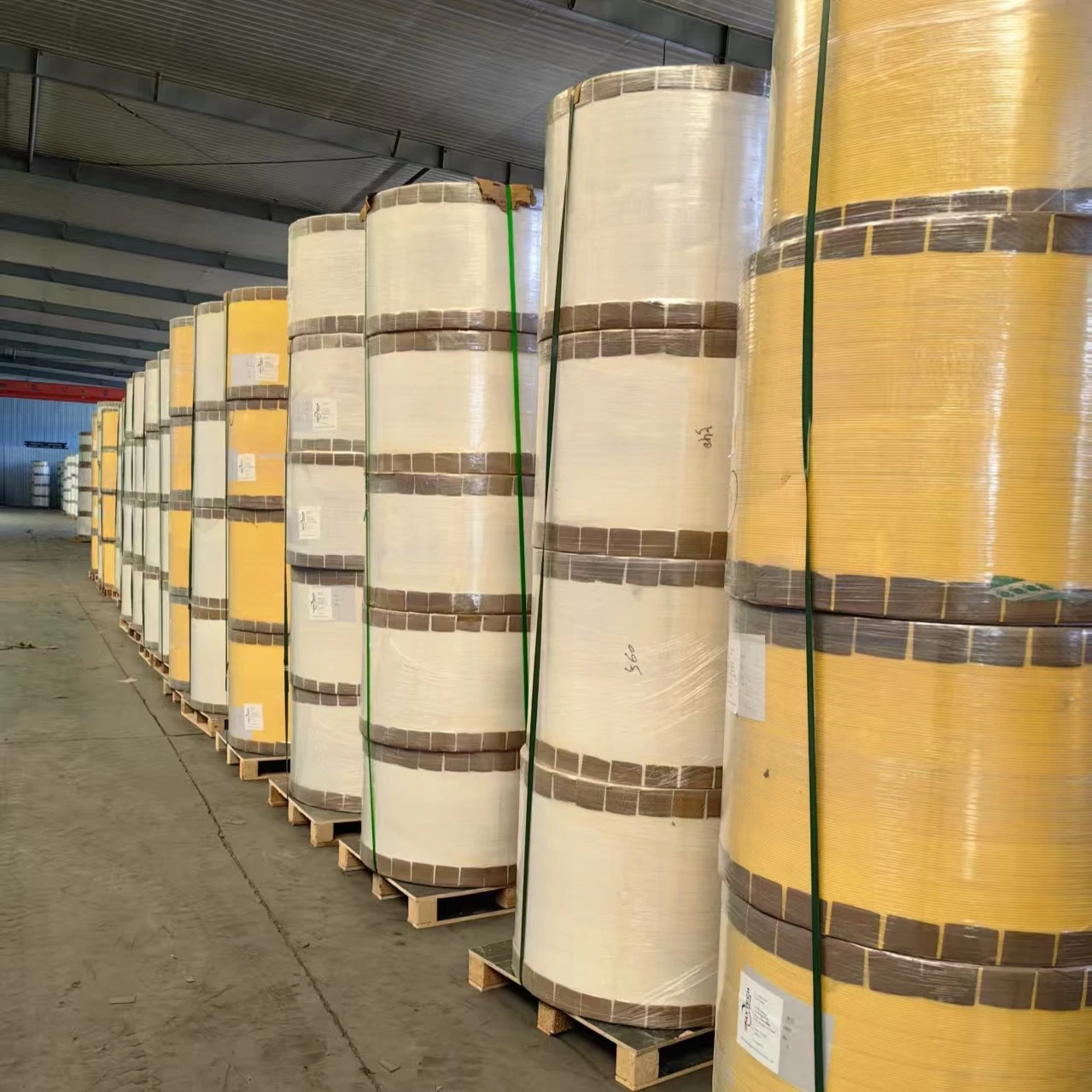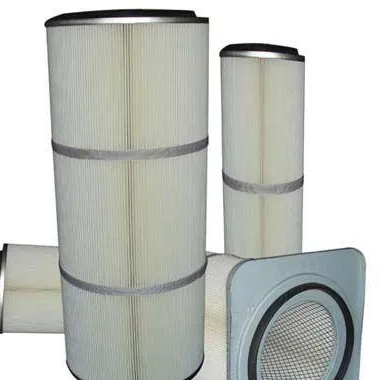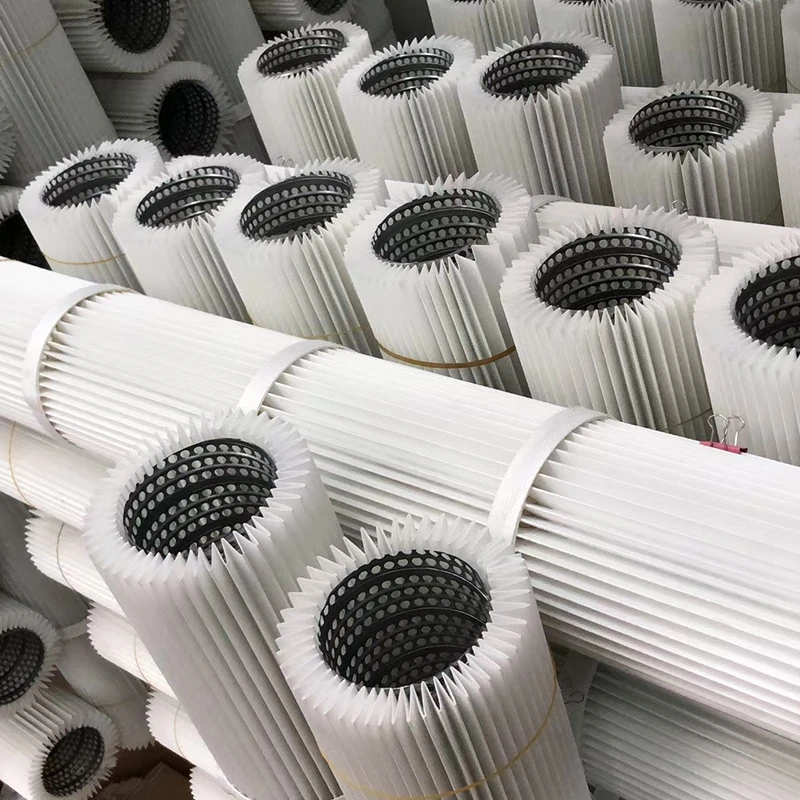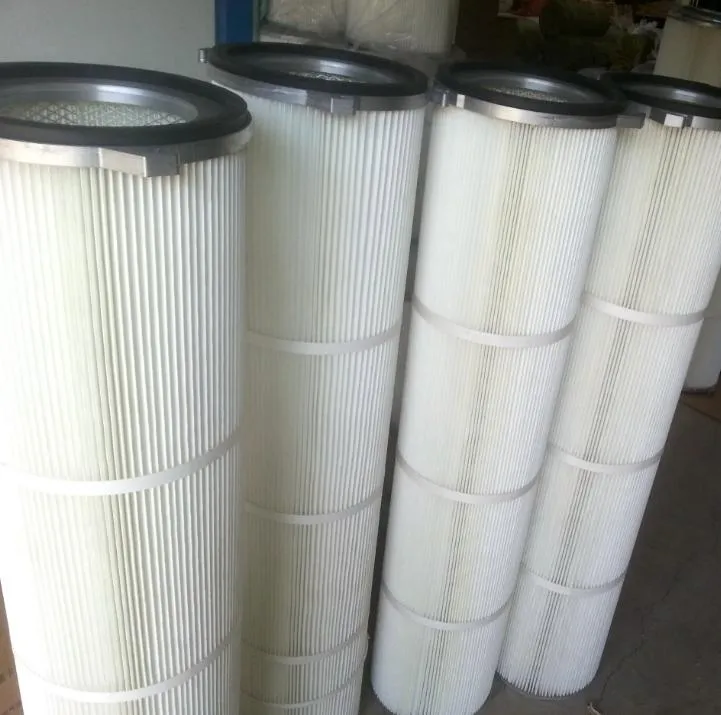 Tel:
+8615930870079
Tel:
+8615930870079
Aug . 05, 2025 06:20 Back to list
High-Efficiency Cellulose Air Filter Cartridges
Official URL: https://www.onlyfiltercartridge.com/high-quality-supplier-80-cellulose-20-polyester-air-filter-c.html
In today’s rapidly evolving industrial filtration market, the cellulose air filter cartridge is a key component utilized across petrochemical, metallurgical, and water management industries. With growing global focus on sustainability, energy efficiency, and operational reliability, high-performance cartridge air filter solutions are sought after for both new installations and retrofits.
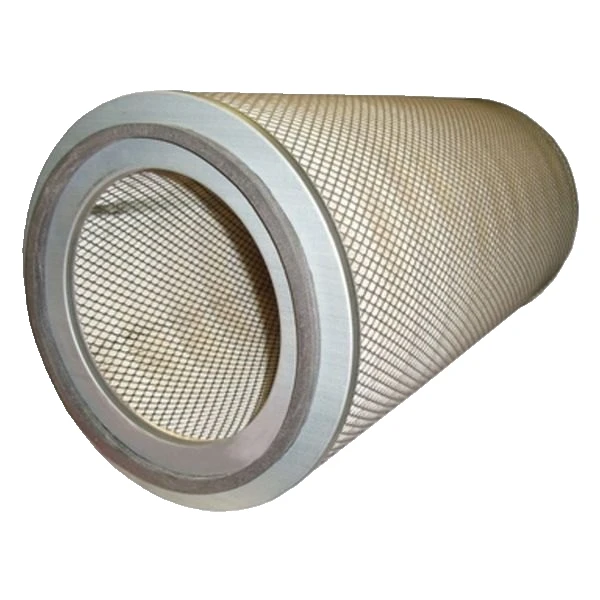
Market Trends & Industry Insights
The market for cellulose air filter cartridge solutions is projected to grow at a CAGR of 5.9% from 2023 to 2028 (FMI, 2023). Major sectors such as pharmaceuticals, electronics, and automotive require stringent particulate control. Recent studies indicate that over 70% of industrial air filtration systems worldwide now utilize advanced air filter cartridges for their proven efficiency, cleanability, and cost-effective maintenance.
Key drivers:
- Stronger regulatory standards on air purity (referencing ISO 16890:2016 & EN 779:2012)
- Rise in demand for adaptive, energy-efficient filtration in harsh industrial environments
- Advancements in media blending (cellulose & polyester) for optimal durability and filtration performance
Technical Specifications & Parameters
| Specification | Cellulose Air Filter Cartridge | Polyester Filter Cartridge | Blended (80/20) Cartridge |
|---|---|---|---|
| Material Composition | 100% Cellulose Fiber | 100% Polyester Fiber | 80% Cellulose / 20% Polyester |
| Filtration Efficiency (@0.5μm) | 98.2% | 99.3% | 99.0% |
| Initial Pressure Drop | 110 Pa | 100 Pa | 105 Pa |
| Recommended Max Temp | 70°C | 120°C | 90°C |
| Moisture Resistance | Moderate | High | High |
| Typical Lifespan | 6-12 months | 12-24 months | 12-18 months |
| ISO/EN Testing | ISO 16890, EN 779 | ISO 16890, EN 779 | ISO 16890, EN 779 |
Manufacturing Process Diagram
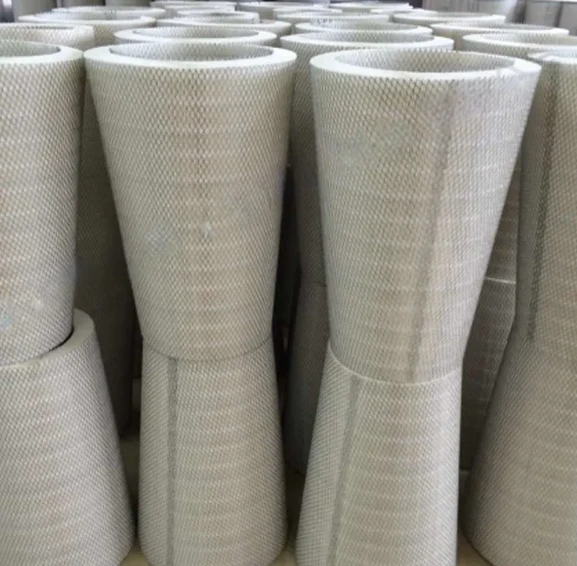
- Pulverizing & Blending➤ Pure cellulose fibers are mechanically shredded and precision-blended with polyester fibers.
- Web Formation (Wet/Needle Process)➤ Fiber mix is formed into a porous filtration mat under ISO 9001 cleanroom controls.
- Media Curing & Resination➤ The mat is resin-impregnated for hydrophobicity and structural stability.
- Pleating & Cutting➤ Automated pleating machines form precise folds, maximizing surface area per EN 779:2012.
- CNC End Cap Fabrication➤ End caps (galvanized, stainless) are forged and CNC-cut for dimensional accuracy.
- Gasket Assembly / Potting➤ Silicone or polyurethane gaskets are robotically applied to ensure leak-free sealing.
- Final Inspection & Leak Testing➤ Cartridges are tested per ISO 29463 (HEPA/ULPA), including differential pressure coefficients and particle count efficiency.
- Packing & Serialization Finished units serialized for traceability and boxed for distribution worldwide.
ISO 16890, EN 779:2012, ANSI/ASHRAE 52.2, ISO 9001:2015
Product Advantages & Unique Features
- High Particle Filtration: Up to 99% efficiency for 0.5μm, as third-party tested per ISO 16890.
- Enhanced Strength & Moisture Protection: Polyester-blended media offers better integrity in humid or aggressive air-flow conditions compared to pure cellulose, reducing collapse risks.
- Cleanable Surface: Durable pleat pack withstands pulse jet or air shock cleaning—ideal for baghouses and dust collectors.
- Versatile Application: Compatible with diverse particulate types in industries spanning petrochemical, metallurgy, pharma, and more.
- Cost-Effectiveness: Blended filter cartridges offer up to 25% lower lifecycle cost than all-cellulose units (Dowson, Industrial Filtration Review, 2023)
- Corrosion Resistance: Coated end caps and potting enhance lifecycle in corrosive atmospheres, meeting ISO 12944 corrosion classifications.
- Standards Compliance: Production under ISO 9001:2015 and ANSI/ASHRAE 52.2 ensures verified quality and international compatibility.
Application Scenarios & Real Case Advantages
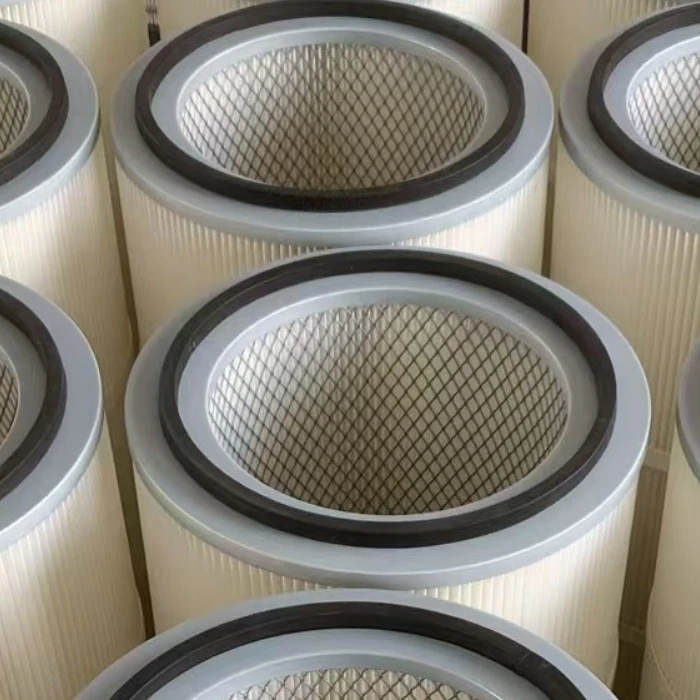
A major steelworks in Jiangsu, China, replaced their legacy glass fiber bags with cellulose air filter cartridge units for secondary off-gas filtration. The result: average PM2.5 emissions fell from 9 mg/m³ to 1.5 mg/m³; cartridge lifespan exceeded 14 months even with 24/7 operation. Energy savings reached 11% per year due to lower pressure drop and fewer cleaning cycles.
Case 2: Pharmaceutical Granulation Facility
A GMP-certified pharma site integrated blended air filter cartridges—80% cellulose, 20% polyester—for granule dryer dust control. Cleanroom audits confirmed ISO Class 8 (
Case 3: Petrochemical Plant, Middle East
In a hydrocarbon vapor recovery system, operators reported corrosion and premature clogging from local sand storms. After switching to the specified blended cartridge air filter, maintenance intervals doubled, and filter replacement costs were cut by $24,000 USD annually.
Comparison Table: Competing Filter Cartridges
| Parameter | 80/20 Cellulose-Polyester (This Product) |
Traditional Cellulose Cartridge | All-Polyester Cartridge |
|---|---|---|---|
| Efficiency @ 0.5μm (%) | 99.0 | 98.2 | 99.3 |
| Air Flow Rate (m³/hr) | 1200 | 1100 | 1150 |
| Initial Pressure Drop (Pa) | 105 | 110 | 100 |
| Recommended Max Temperature (ºC) | 90 | 70 | 120 |
| Moisture Resistance | High | Moderate | High |
| Lifespan (months) | 12-18 | 6-12 | 12-24 |
| Pulsed Cleanability | Excellent | Good | Very Good |
| ISO/EN Compliance | ISO 16890, EN 779 | ISO 16890, EN 779 | ISO 16890, EN 779 |
Customization & OEM Solutions
- Custom Sizes: Cartridge lengths, diameters, and pleat counts can be tailored for retrofits or new systems upon engineering review.
- Material Blending: Customizable cellulose-to-polyester ratio, hydrophobic treatments, and antibacterial coatings available.
- End Cap Options: Choose galvanized, stainless, plastic, or aluminum end caps per environmental or industry-specific needs.
- Gasket Types: Polyurethane, silicone, or customized sealing for high temp/chemically aggressive applications.
- Packaging & Traceability: Serialization, batch labeling, RoHS/REACH compliant.
Each cellulose air filter cartridge undergoes serial number tracking and quality inspection. A 15-month limited warranty covers material and process defects exclusively. 24/7 support hotline and remote field service available.
Professional FAQ: Key Technical Considerations
1. What is the recommended specification for the cellulose air filter cartridge material?
2. What are typical end cap and gasket standards?
3. What installation and dimensional standards apply?
4. How is filtration efficiency validated?
5. What’s the recommended maintenance or changeout frequency?
6. Are these cartridges suitable for pulse-jet or reverse air cleaning?
7. How does the product comply with environmental or hazardous substance standards?
Authoritativeness & Industry References
Years in Service: Over 12 years in precision industrial filtration. Supported >800 projects globally, with documented reduction in TCO (Total Cost of Ownership).
Conclusion & Literature References
The cellulose air filter cartridge delivers a compelling combination of performance, lifecycle economy, sustainability, and adaptability for modern industrial environments. With entire production tracked via ISO/ANSI protocols and continuous innovation in media technology, it stands out among all cartridge air filter options now available.
- ISO 16890-1:2016 — Air filters for general ventilation
- Filtration News: Industrial Air Filtration Market Trends 2023-2028
- Recent Advancements in Air Filter Media, J. Clean. Prod. (Elsevier, 2021)
- Cellulose-Polyester Filter Media, Chemical Engineering Journal, 2022
- Industrial Filtration Forum, Eng-Tips.com
-
Types and Applications of Air Filtration CartridgesNewsJul.28,2025
-
The Role of Gas Turbine FiltersNewsJul.28,2025
-
Mastering Air Filter Cartridge UseNewsJul.28,2025
-
Advanced Turbine Filters for Modern Gas TurbinesNewsJul.28,2025
-
Cellulose Air Filter Cartridge Advantages in Dust FiltrationNewsJul.28,2025
-
Cellulose Filters for Air Particle ReductionNewsJul.28,2025

 Email:
Email:
